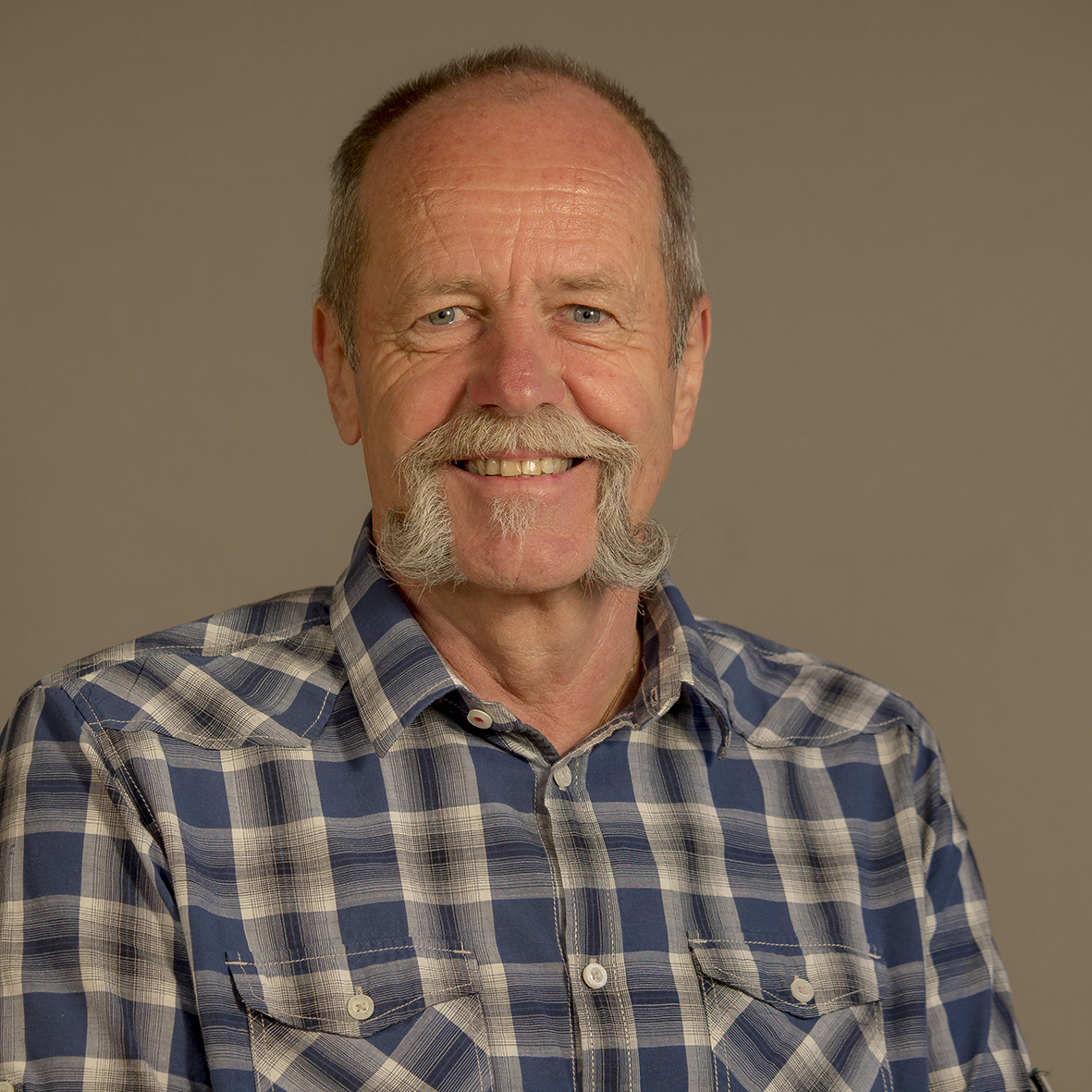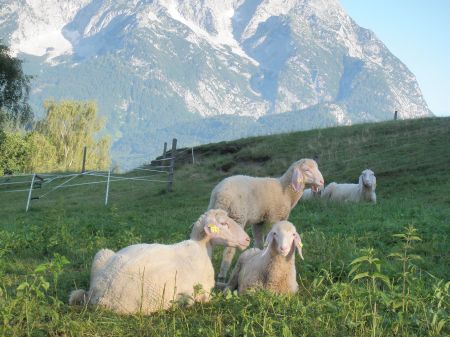By using dairy or meat-oriented dams (F1 crosses) in crossbreeding with a meat breed, it should be possible to leave the lambs with their mother until slaughter. The use of concentrated feed should be kept as low as possible by using the best basic feed (hay, grass silage, corn silage).
Lamb meat production is an interesting form of business for grassland areas, especially in mountain areas. Lamb meat is a very valuable food and is in high demand if it is of appropriate quality. Consumers are not only becoming more and more demanding when it comes to quality, they also have their own ideas about the way it is produced. Close to nature and animal-friendly are the watchwords. These ideas are also reflected in the animal husbandry regulations and the organic regulations. From 2011, according to the EU organic regulation, an area is also required for the final fattening of lambs. Under current production conditions, these measures lead to loss of performance and thus to a deterioration in operating results. The result is that many businesses close.
The aim of the project is to investigate whether the use of dairy or meat-focused F1 dams, which are crossed with a meat breed, can improve fattening performance so that the lambs can be raised by their mother until slaughter and the quality of the product corresponds to the expectations of the consumers. Another goal is to investigate to what extent the amount of concentrated feed required for the lambs can be reduced by using the best basic feed and optimal care for the mother animals.
All of these goals have a common goal, both for sheep farmers producing according to organic guidelines and for conventional sheep farming, namely the optimization of the production basis for lamb meat production and thus the achievement of a positive operating result.
Since in practice there are no crossbreeds between mountain sheep and East Frisian dairy sheep, existing mountain sheep at the LFZ were mated with a ram of the East Frisian dairy sheep breed to produce the required F1 dams. With an average fertility of 1.4 for first lambings and an expected sex ratio of 50:50, 15 female F1 animals suitable for further breeding can be expected. After eight months of rearing, these F1 animals are mated with a ram of a meat breed. The F2 cross-breed lambs resulting from this breeding (approx. 20 lambs) are all sent to slaughter.
These F2-cross lambs are reared or fattened by the mother, making optimal use of the basic feed. The females are slaughtered with a live weight of 38 kg and the males with a live weight of 42 kg.
At the same time, the mountain sheep (the mothers of the F1 cross-bred mothers) are fed a meat ram and these lambs are also subjected to fattening and slaughter.
Furthermore, the regional sheep breeding associations of Lower Austria, Sbg and Stmk provide F1 dams from the Bergschaf x Jura, Bergschaf x Merinolandschaf and Jura x Merino crosses, with which the same procedure is followed as described above for the F1 animals from Bergschaf x Milchschaf.
The feeding of the ewes is the same for everyone until lambing. The animals are either on pasture in summer or receive the best hay in the stable in winter. After lambing, the sheep and lambs are placed in a collection pen in the barn, where it is possible to feed the ewes individually in order to determine feed intake. The lambs have the opportunity to consume concentrated feed, corn silage and the best hay in one lamb hatch. However, individual feed intake is not possible for lambs; only the feed intake of the entire group can be determined. The feeding of the ewes depends on the number of lambs. Single suckling sheep only receive the best hay for free consumption, twin suckling sheep also receive grass silage in addition to the best hay.
To determine the fattening performance, the lambing data and the weekly weight development of the sheep and lambs are recorded. The slaughter performance is assessed on the carcass by assessment according to the EUROP system. To determine the quality of the meat, a sample is taken from the back and leg and examined in the LFZ meat laboratory using the standard method (shear force, color, dripping and grilling loss, tasting) or in the chemistry laboratory (fatty acid pattern, dry matter, fat and ash content).







